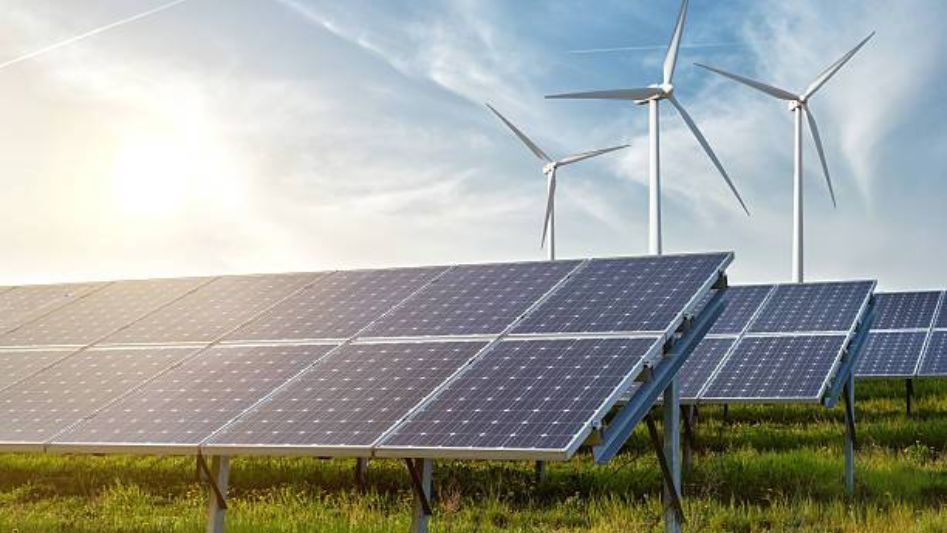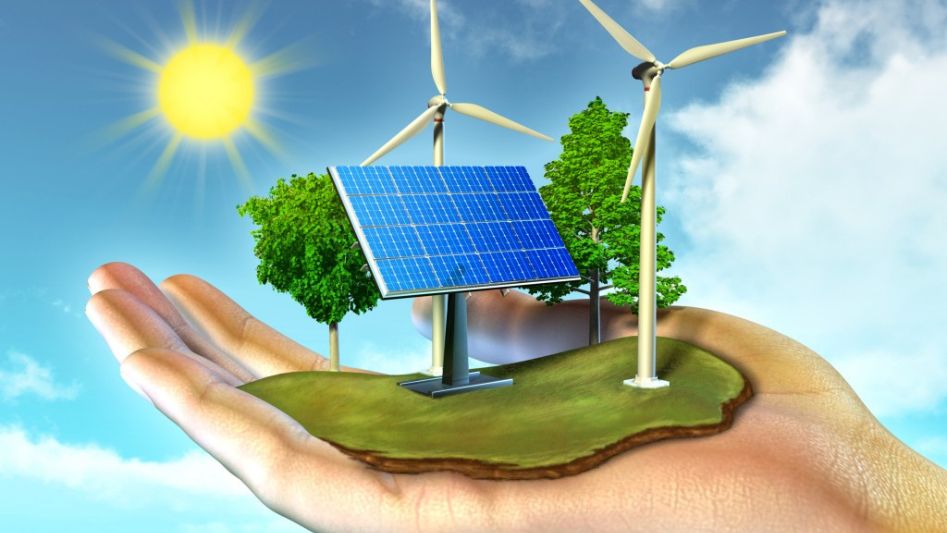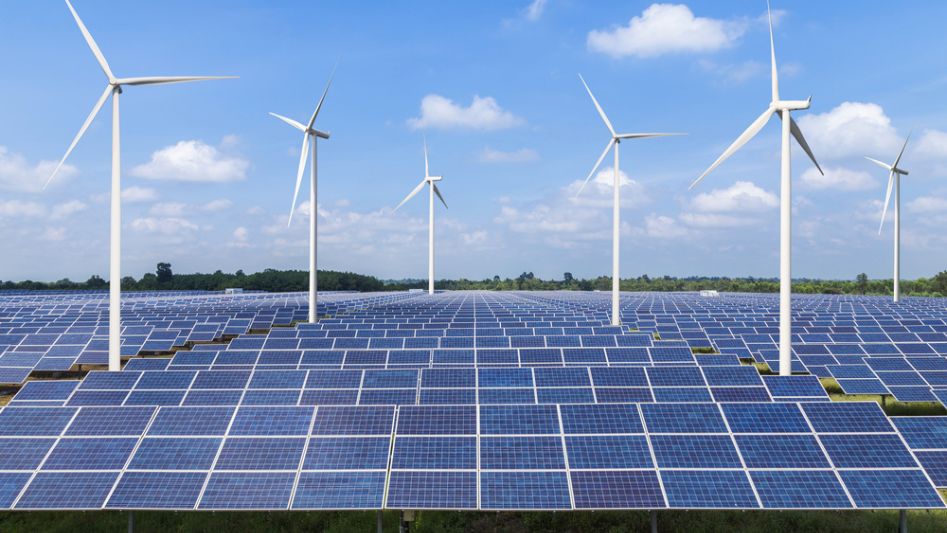As the world grapples with the pressing issue of climate change, the transition towards sustainable and renewable sources of energy has become imperative. In this endeavor, technology plays a pivotal role, driving innovation and efficiency in the green energy sector. This article explores the various ways in which technology is shaping the future of green energy.
Table of Contents

1. Solar Power: Harnessing the Sun’s Energy
Photovoltaic Cells and Efficiency Improvements
Technological advancements in photovoltaic cells have revolutionized the solar power industry. These cells now boast higher efficiency rates, allowing for more energy to be generated from the same surface area. Additionally, innovations in thin-film solar panels have expanded their applications, making them suitable for a wider range of settings.
Energy Storage Solutions
One of the primary challenges with solar energy has been its intermittent nature. However, breakthroughs in energy storage technologies, such as advanced battery systems and pumped hydro storage, are addressing this issue. These solutions enable the storage of excess energy generated during periods of high sunlight for use when demand is greater.
2. Wind Power: Harnessing the Power of the Wind
Turbine Design and Efficiency
Advancements in turbine design have significantly improved the efficiency and output of wind farms. The development of larger, more aerodynamic blades, along with enhanced control systems, allows turbines to capture more energy from the wind. Additionally, vertical-axis turbines are being explored for urban environments, further expanding the potential of wind energy.
Offshore Wind Farms
The emergence of offshore wind farms is a testament to the progress in technology. These farms, located in coastal areas, benefit from stronger and more consistent winds, resulting in higher energy yields. Floating wind turbine technology is also on the horizon, potentially opening up new frontiers for harnessing wind energy in deeper waters.
3. Hydropower: Harnessing the Power of Water
Turbine Efficiency and Fish-friendly Designs
Technological advancements in turbine design have not only improved energy extraction from flowing water but also addressed environmental concerns. Fish-friendly turbines now allow for the safe passage of aquatic life, mitigating the impact of hydropower projects on local ecosystems.
Small-scale Hydropower and Run-of-River Systems
Miniaturized hydropower systems and run-of-river projects are gaining popularity, particularly in remote or rural areas. These technologies enable communities to harness the power of local rivers and streams without the need for large-scale dams, thereby minimizing environmental disruption.

4. Geothermal Energy: Tapping into Earth’s Natural Heat
Enhanced Geothermal Systems (EGS)
EGS technology involves creating fractures in hot rock formations deep beneath the Earth’s surface to enhance the flow of geothermal fluids. This allows for the extraction of heat from areas that were previously considered unsuitable for geothermal energy production.
Direct Use Applications
Advances in heat pump technology have expanded the direct applications of geothermal energy. This includes space heating, cooling, and even industrial processes, making it a versatile and sustainable energy source.
5. Smart Grids and Grid Integration
Demand Response and Energy Management
Smart grid technology enables more efficient distribution and management of energy resources. Through real-time data analytics and demand response systems, energy consumption can be optimized, reducing wastage and minimizing the need for additional generation capacity.
Integration of Renewable Sources
Technological solutions for integrating diverse renewable sources into the existing energy grid are crucial for achieving a balanced and reliable energy supply. This involves sophisticated grid management systems that can handle the variability inherent to renewable energy generation.

Conclusion
Technology is undeniably the driving force behind the advancement of green energy. As innovations continue to emerge, the cost-effectiveness and efficiency of renewable energy sources will only improve. With concerted efforts and ongoing investment in research and development, the world is on a promising trajectory towards a more sustainable and eco-friendly future powered by green energy technologies.
FAQs
How does technology advance green energy?
Technology plays a crucial role in advancing green energy by improving energy generation, storage, and distribution, increasing efficiency, reducing costs, and making renewable sources more accessible and reliable.
What is the impact of technology on solar power?
Technology advancements in solar power have led to more efficient photovoltaic cells, innovative thin-film panels, and better energy storage solutions, making solar energy a more practical and reliable choice.
How does wind turbine design affect wind power generation?
Wind turbine design improvements, including larger, more aerodynamic blades and advanced control systems, enhance energy capture, making wind power more efficient and productive.
What are the benefits of offshore wind farms?
Offshore wind farms harness stronger and more consistent winds, increasing energy output. Floating wind turbines are also being developed to extend wind energy generation to deeper waters.
You May Also Like
- ECO-INNOVATIONS: THE NEXT BIG THING IN GREEN ENERGY
- THE ECONOMICS OF GREEN ENERGY: INVESTING IN A SUSTAINABLE FUTURE
- GREEN ENERGY TRENDS TO WATCH: LEADING THE CHARGE TO SUSTAINABILITY
- CLEAN, GREEN, AND EFFICIENT: THE ADVANTAGES OF GREEN ENERGY
- UNLOCKING ITALY’S GREEN ENERGY POTENTIAL: THE NEED FOR HARMONIZED RULES
